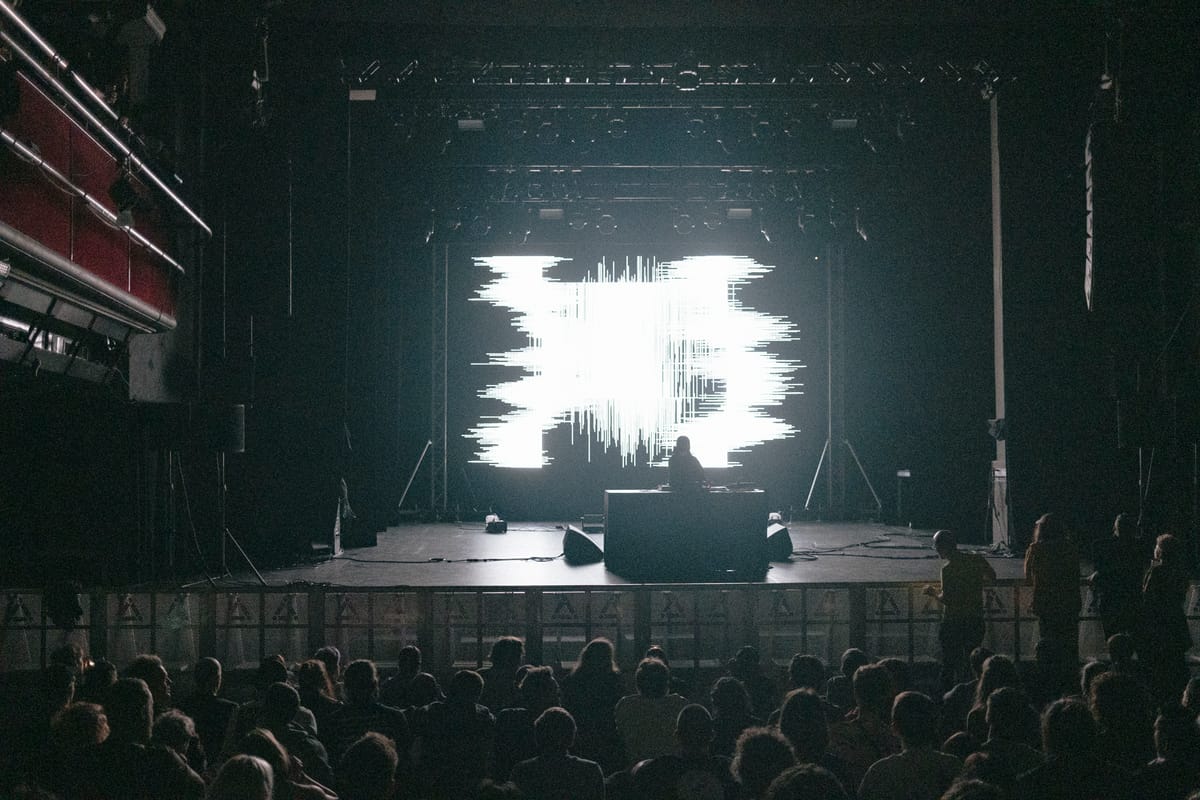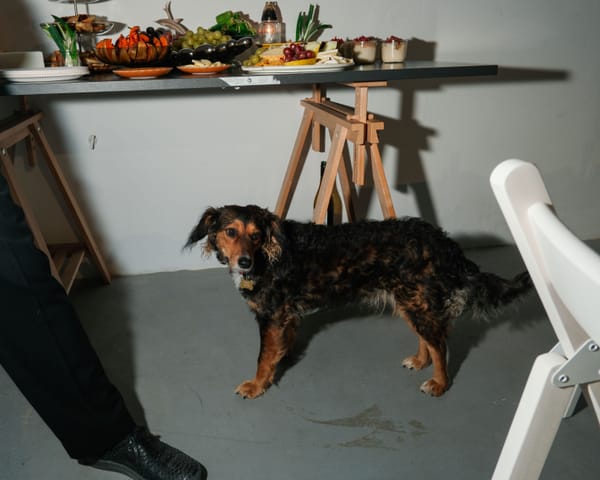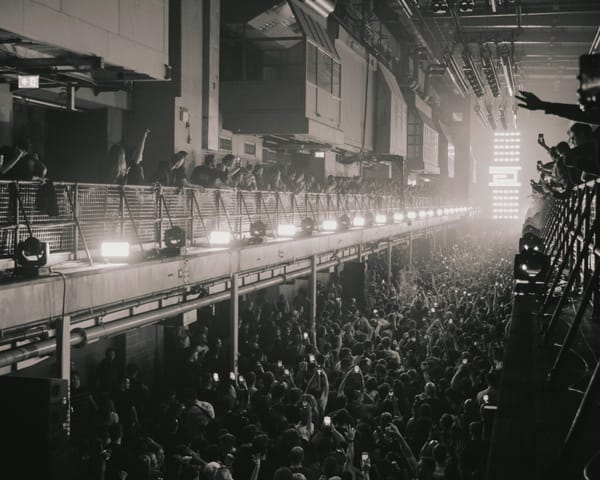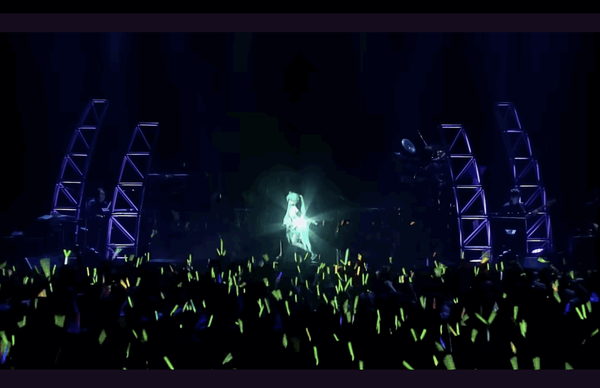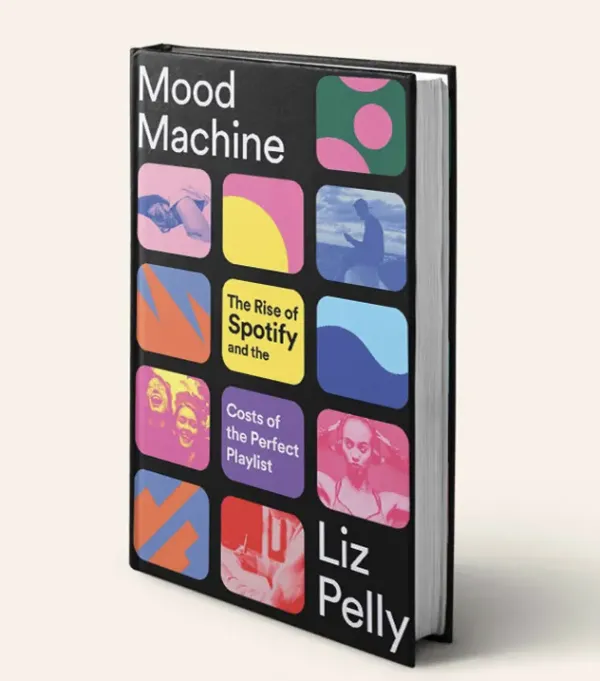Register for free to receive our newsletter, and upgrade if you want to support our work.
Festivals, and especially clubs, are in a tricky situation in recent years, and 2024 is arguably the most challenging year after COVID and since the start of the war against Ukraine. Obvious reasons are inflation and less money in the pocket of festival goers/clubbers, less obvious ones include the lack of the usual generation takeover on the dancefloor due the COVID years, and lastly, there seems to be a transition in genres and trends where festivals and clubs need to adapt to.
In this article, we take the example of TIMES (The Independent Movement for Electronic Scenes), a recently launched large-scale EU cooperation project of 10 festivals, and try to understand their approach for paving the way of the future of electronic live music.
One personal motivation for this write-up is the struggle to understand current trends in the Budapest club scene, which can probably be extended to a more general and international context. A negative trend seems to be that it’s growingly difficult to attract a crowd for certain parties and genres that had been safe bets for years. Some examples are leftfield bass and related styles, electro, and even evergreen genres such as drum ‘n bass or techno. At the same time, other styles have become more successful, see for example a report on new labels and promoters in Hungary, and the music they represent, which are often labelled as “hyper” (pop, etc.) or “hardcore” (digital, etc.); with harsh implications for legacy promoters and broader music projects, which is a hard pill to swallow, given the quality, depth and devotion some of these projects are known for.
Surely, genre preference is just one factor, but it seems to be evident that there is a paradigm shift going on, which will conceptually change (or has changed already) how electronic music is perceived and consumed. It’s been reported recently that festivals are having a hard time financially, not only because of rising costs but also due to visitors willing to spend less on festivals. The hypothesis is that festivals will be fewer (less in numbers), or they might even die out, because of various reasons including high production costs and expensive loans. A perhaps more interesting observation is, which I would not necessarily take for granted, that current trends are in favour of music nostalgia over new forms of artistic expression. What follows from this is that festivals are forced to book from a limited pool of legacy names, which makes them look similar and increasingly uninteresting. Still, festivals are attractive for many. For fans, they’re a bigger buzz, more action, better value for money; for artists, they mean higher fees compared to club concerts. Also, festivals attract other professionals, such as journalists for discourse programs, and create plenty of jobs, and so they open up a wide ecosystem across the creative industry. The ultimate conclusion (of the cited report) is that there is no wrong with a decreasing number of festivals, because this would imply bigger competition (assuming a narrower market) and, as a result, better quality.
If that's all true, TIMES, an over three-million EUR project (out of which 2 million is provided by the EU) that runs for more than 3 years (ending in 2027) is a great opportunity (and, responsibility) to assist, guide, and consult a smooth change, which is good for the people and for the music too. And, to be fair, this will need to be a collective mission, which is already happening at the grass-root level, where change is always on the frontfoot. Additionally, there are networks as well, that, similar to TIMES, run forward-thinking festivals and improve on existing best practices. SHAPE, for example, is another festival network sharing some of the structure and goals with TIMES. In Hungary, UH Fest, one of the SHAPE members, is an annual music festival, which has become pivotal for the local music scene.
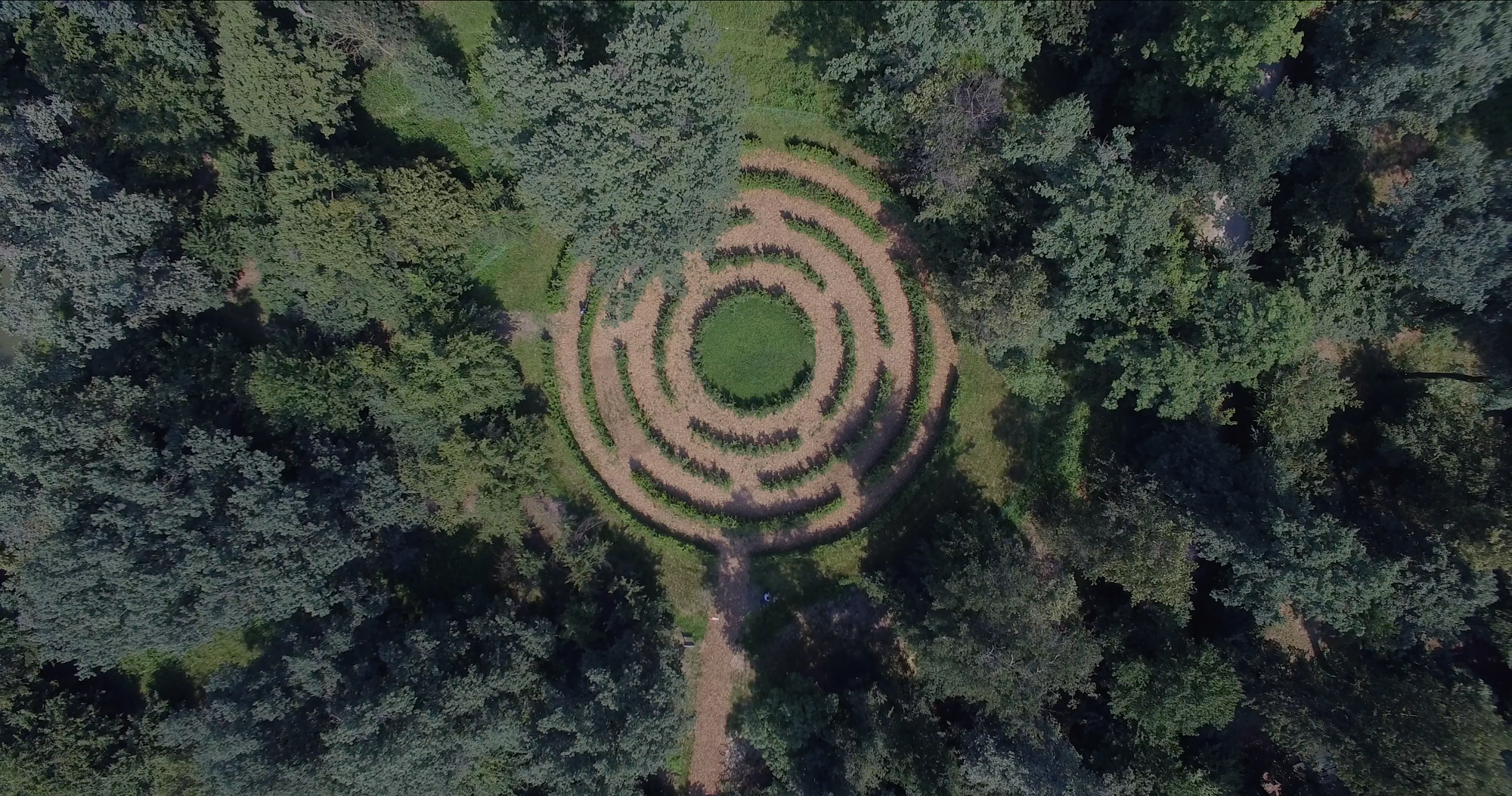
A cooperation of European electronic music festivals
Technically speaking, TIMES is a cooperation project within the Creative Europe framework, where cooperation projects constitute one of the wider-known schemes of the program (compared to platforms such as SHAPE, for example). Creative Europe is an EU-funded, major cultural grant program with an overall budget of over 2 billion EUR for the period of 2021-2027. The calls vary in size, actions, and sectors, and are usually very competitive, especially the ones that are managed directly by the European Commission. Cooperation projects are like this: they are annual calls inviting international consortia to apply, and supported projects are led by one partner designated as the coordinator. Note that MMN, the magazine where you’re reading this article, is part of the EM GUIDE network, which is another Creative Europe cooperation project, awarded in the same round as TIMES. It is also worth mentioning, and to avoid confusion, that TIMES is a follow-up project of We are Europe, which was another collaborative project of festivals with partly the same members as TIMES, and which has become a content aggregator of various international projects in the cultural scene. Note that in this article, we refer to TIMES and SHAPE as festival networks (meaning as a group of organisations who work together), even though they are formally not networks in the Creative Europe terminology. Also, the SHAPE project is now formally called SHAPE+, which is a continuation of a previous platform project with the same name, but we refer to it as SHAPE for the sake of simplicity.
The coordinator of the TIMES project is the Lyon-based non-profit organisation, Arty Farty, which participates in TIMES with their annual Nuits sonores festival. Other festival members are Berlin Atonal (Germany), Elevate (Austria), Insomnia (Norway), Le Guess Who? (the Netherlands), reworks (Greece), Semibreve (Portugal), Sónar (Spain), Terraforma (Italy), and Unsound (Poland). Although all members are established festivals, they vary in size considerably, with Insomnia and Semibreve being probably the smallest (around a couple of thousands in attendance) and Sónar on the other end of the scale (with hundreds of thousands of visitors). TIMES’ mission is to support, promote, and improve diversity and sustainability within a genre that is, as Semibreve puts it, “exploratory electronic music”.
Partner meetings: where the magic happens
TIMES, as any other Creative Europe project, follows an agenda, defined by deliveries, strict timing, and specific responsibilities of the partners. A seemingly straightforward but a great-in-its-simplicity forum of TIMES is the regular in-person partners meetings taking place twice a year. Representatives of each member festival attend these meetings to plan and discuss the project’s activities and to exchange best practices of how to run an efficient and successful festival, which then can be applied by every member. Every partner brings in their expertise and shares it with the other members. For example, Terraforma is good at environmentally low-impact practices (with a dedicated sustainability coordinator), while Unsound is known for an excellent representation of inclusivity and diversity of LGBTQI+ and BIPOC communities. Common challenges include financial sustainability of general festival costs amid drastic inflation rates in recent years.
Partner meetings are where the magic happens, as some of the members say. Obviously, they are efficient as people meet in the flesh, and as a nice feat, they are moderated by an external facilitator person. Also, the project engages the company La LABA to evaluate how well they do with respect to the planned activities and impact. TIMES also creates and maintains a written charter, which is meant to document and preserve joint values and best practices of the project, and which can be turned into a reusable output for other festivals in Europe and beyond to utilise the findings of TIMES.
Overall, the approach around the partner meetings follows a research-and-develop mentality and, thanks to the diversity of 10 different festivals from 10 different countries, it can be a very adaptive and agile approach to build good and state-of-the-art festivals.

Co-curation
Another interesting TIMES concept is co-curation, where a host festival puts on shows that are curated together with another member festival. A general objective is to provide a balance between headliners and emerging artists, mixing local and international artists for more diversity. In the case of co-curation, booking is shared by the host festival and the other festival as they work together on the lineup in a collaborative way. For example, at this year’s Nuits sonores festival in Lyon, the Le Sucre club stage hosted three nights, where each night was co-curated with other festivals (Elevate, Unsound and Terraforma, respectively) giving them a platform to showcase their musical aesthetics while finding a common ground with Nuits sonores's identity. For example, for the Nuits sonores x Unsound night, they invited the Polish act 2K88 accompanied by local support Sleek Fata, the head of Comic Sans Records.
And why such co-curation actions are not just a formality is shown by this year’s recognition of some of the co-curated nights at Nuits sonores. It seemed apparent to the local organisers that the crowd was left puzzled by some of the shows, maybe because they expected something different based on the location and how it was curated in the years before. The reason for this is that different festivals have different traditions, local contexts, genres and styles that are accepted on their home ground, but may sound challenging elsewhere. For example, Terraforma knows and covers the Milan-based noise scene, and can use this background to promote artists and the style in a remote setting. “Education” is usually a wrong word to use in this context, “sharing and representation" may be better, but I think that such an approach can help to shape the acceptance of diverse and quality lineups for a wider audience.
An aspect worth mentioning may be that diversity through co-curation can be preserved and developed as long as the network remains diverse. Diversity and freshness is always an issue for networks with static membership, i.e., where no new members can join (and, also, no members leave the network). TIMES is such a structure, at least in its current form, so either they evolve into a network of dynamic members–something that SHAPE started to do not so long ago–, or the projects themselves need to be rotated.
Original artistic creation for joint performances
TIMES also produces new performances. The first one, named The Crossing, has been premiered recently in Berlin at OPENLESS, an offshoot project by Berlin Atonal. TIMES will conceptualise and implement in total three original performances throughout the project’s duration, which are ambitious multidisciplinary works commissioned by the member festivals of the network and which, once finished, will be touring in the festivals to boost cultural exchanges and diversity across the countries. The Crossing is a two-part piece curated by four festivals, Unsound, Semibreve, Berlin Atonal, and Sónar, and it reflects on the topic of migration and displacement, involving artists of multiple disciplines and nationalities. The team for The Crossing consists of British field recordist Chris Watson and a blind Polish sound recordist Izabela Dłużyk in the first half of the project, and the Iranian-Canadian music and sound artist brothers under name of Saint Abdullah with Irish sound designer and musician Eomac, and Italo-Australian video artist and filmmaker Rebecca Salvadori in the second half.
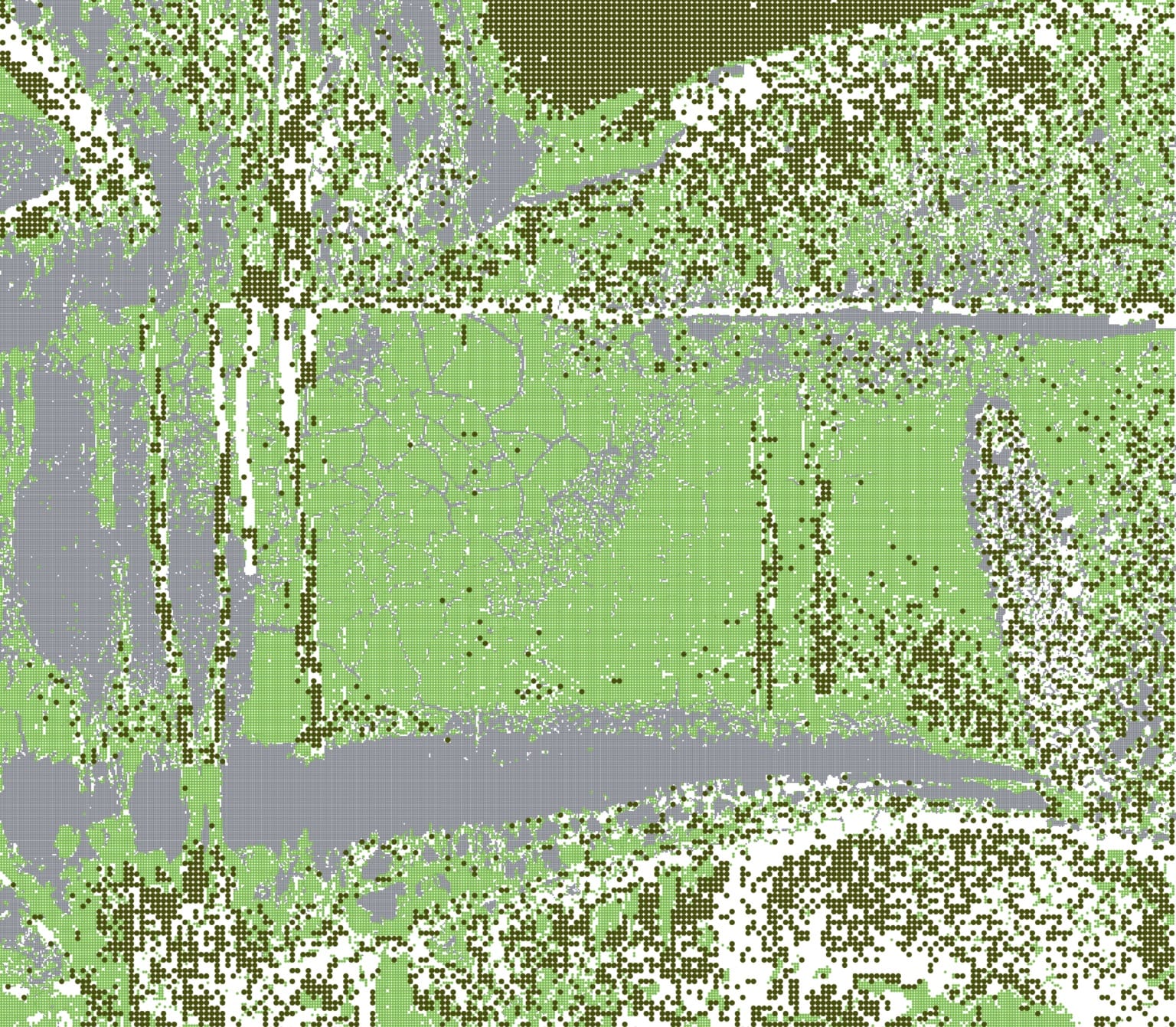
It is not unprecedented that a festival, or a network of festivals, commissions original work. For example, SHAPE also hosted residencies where they invited artists to work together on new performances (see a UH Fest x MMN series ahead of UH Fest 2024 earlier this year, in Hungarian).
An interesting dilemma that may be addressed here is the role of a festival with respect to programming, curation, and active production. If we imagine the level of a festival’s involvement on a scale, one extreme would be that a festival only books existing gigs, and the curation lies in the composition of days, stages, and in the order of where and when these gigs are shown. It may be a rigid configuration but it would certainly ensure the independence of artistic creation. On the other end of the scale, festivals would shape their program in a way that it fits their agenda and goals. Probably, as so often, a healthy choice is a compromise somewhere in between, especially given that music money of today comes from live events and it feels natural (or at least pragmatic) to let them be involved in the production and conceptualisation process.
Cultural grants for festival budget
TIMES also pays for some of the actual festival costs for TIMES-related activities; these may include production costs such as stage infrastructure as well as artist fees. It is a known fact that festivals with considerable coverage of less mainstream music genres are not commercially sustainable. For example, UH fest said in a radio interview last year that ticket sales cover as little as 15% of their overall budget, and Le Guess Who? also stated (at a panel talk in 2023) that the festival would not be possible without cultural funding – despite the fact that the attendance at both of these festivals is outstanding, and that the music they offer is not (at least primarily) new music or it so not from other academic fields where financial feasibility is probably an even tougher nut to crack.
There are a couple of aspects to consider when it comes to the cultural funding of festivals–and I specifically mean taxpayer money here as the source of the funding. First, is a festival efficient with respect to how the budget is spent and how income is realised? Second, do the music and the event supported by the funding convey cultural values? Ideally, projects like TIMES and SHAPE can provide future festivals (inside and outside the network) with professional guidance, best practices and reusable blueprints, as to how to rely on cultural funding, and how to implement hybrid budget structures for an overall satisfaction of everybody involved. Of course, festivals–and their challenges–are very much specific to the countries they live in. For example, although from neighbouring countries with comparable size, and both from the former Eastern Bloc, the NEXT Festival in Slovakia was far better off with respect to local funding than UH Fest in Hungary; at least, up until 2023 when the results of the parliamentary election in Slovakia probably changed the local situation for the worse. So politics, local legislation, and other factors create a diverse and complex landscape, but good guidelines can help factoring in specificities, and be general wherever applicable. These can be common sense measures too–such as varying fees of the same artist depending on where they play or have a minimum number of Eastern European gigs at big Western festivals–, which are happening naturally, but systematic approaches could help easing workflows, communication, and planning.
There is also a question of just and efficient structuring of cultural grants when it comes to public funding of even (at least partly) commercial festivals. Arguably, TIMES and SHAPE share similarities, they even have overlapping festival members (Unsound and Terraforma), which raises the question of redundancy. Another festival network, also under the Creative Europe umbrella, is UPBEAT, but since it focuses on world music specifically, the redundancy dilemma is not that apparent (not too surprisingly, UPBEAT has no common festival with TIMES and SHAPE). A related question is how such networks are structured and who the members are. While in the case of TIMES, the members seem to be more balanced in size (with notable differences there as well), in case of SHAPE some extremes cannot be overlooked. For example, in terms of approach, dimension and resources, Budapest’s UH Fest is a very different story than Berlin’s CTM festival, although they are both part of the same network. I agree that diversity can be very constructive: for example, it’s a principle consciously followed and implemented by the Reset! Network of independent cultural projects. So, I don’t think of the size diversity inside festival networks as a necessary flaw, but it certainly raises the question of efficiency. Alternate structures would be sensible for me, for example, where smaller festivals (say, similar to UH Fest) form a separate network (without mammoth colleagues within the same network), which may result in a healthier and more constructive hierarchy of festival networks with an active exchange across the different networks.
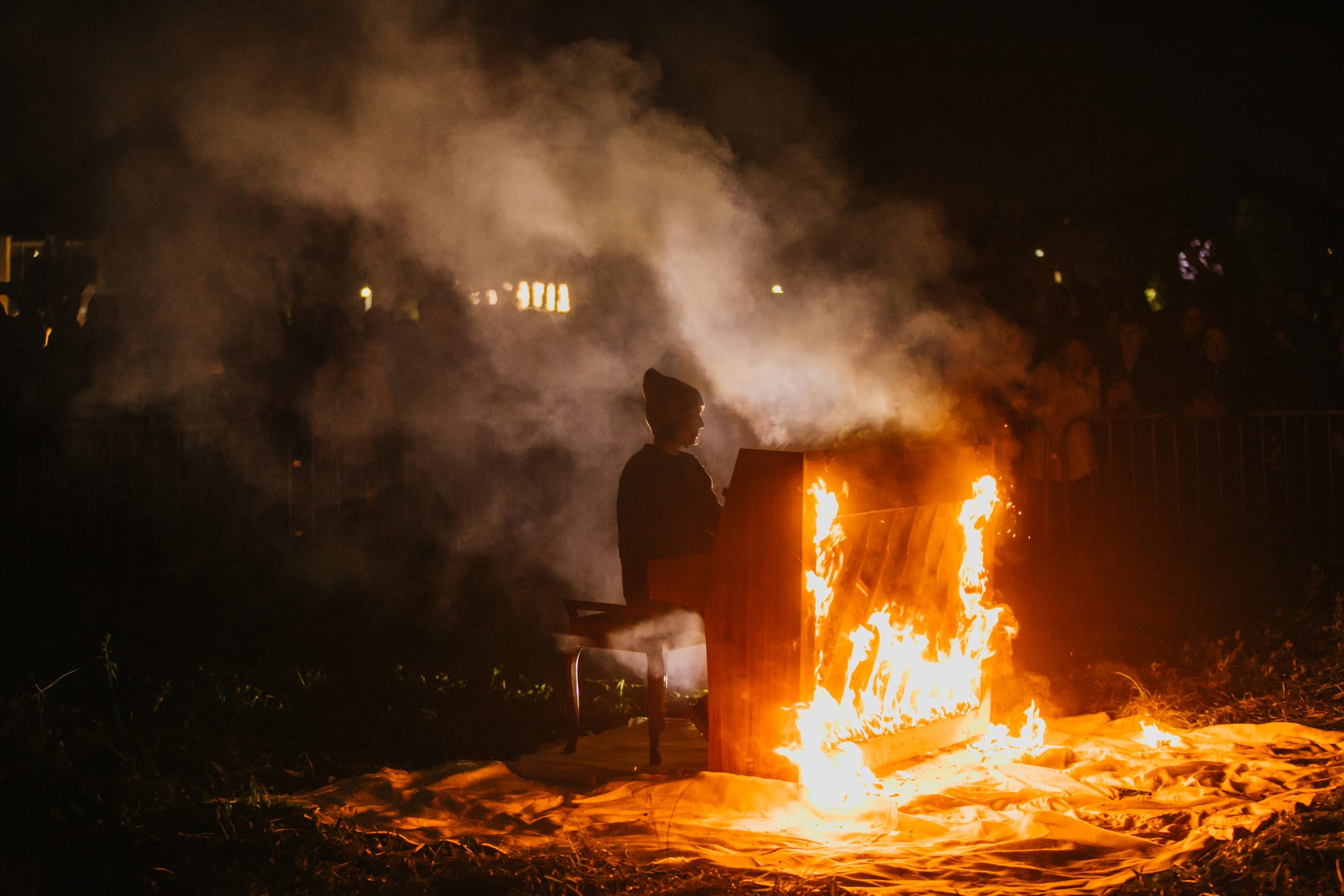
Clubs and festivals
We already cited a newsletter post on the decline of festivals. One of the conclusions that the author Shawn Reynaldo makes is that fewer festivals (as a result of festivals shutting down) would also create an opportunity for the club scene to take over some of the capacity. It is also observed that clubs are still better suited for subtle artistic expression and there is still an audience that consciously prefers the club format over festivals. The club versus festival is an old debate, and it seems still valid that club life is in jeopardy due to festival dominance. While older analysis is still applicable (which resonates with current opinions), COVID and other reasons such as new social media habits are adding to the trend.
Clubs will not disappear (any time soon), but they may need to adjust their positions and be more conscious about their role. For example, Nuits sonores and Le Sucre, a festival and a club both run by the same organisation, are an interesting combination. Obviously, not many can afford such a combo, but once it’s given, it opens an interesting room for experimentation. For city festivals like Nuits sonores, the club can be a stage, and during the non-festival season of the year, the club can test and fine-tune ideas. For example, S. society is a special Sunday series in Le Sucre always from 6pm-1am (with free entrance between 6-7pm), which may be an unusual format for clubs in most cities. But even solo clubs (without a festival background), which is a format that needs to live on, play an important role in the life of festivals. For example, for UH Fest in Hungary, another city festival, Gólya has been a regular venue since years, representing a distinct and characteristic track inside the festival–which is harsher club and concert sounds with a lofi approach and attitude. For Le Sucre, and a similar strategy applies for Gólya as well, it’s a conscious decision and a consistent implementation that a wide range of genres are represented despite–and maybe even denying–the ongoing trends, and it may only be the weighing how the club adapts to what’s in. Different strategies are sensible, the main observation here is that clubs are an important tool to understand and develop festivals, and also vice versa.
Conclusion
To conclude, festival networks, accompanied by clubs and venues, play a pivotal role in forming and innovating live music trends. In a time when the festival format needs to be revisioned and synched carefully with other live music venues, and when there is a major decrease of public funding for culture (see also a drastic cut planned in Germany), a project like TIMES gains even more spotlight and responsibility. Festivals live in a wide ecosystem, sometimes even without noticing how mutually interdependent they are. In Hungary, a festival called Koloradó is clearly more mainstream and commercial than UH Fest, but the two have greatly benefitted from each other throughout the past years. For example, shows playing at the epic Árok stage at Kolorádó often had been “tested” at UH Fest in previous years; and I don’t think that it’s a bad practice. There is a hierarchy of live music events, more in size and commercial maturity and/or mission, and less so in quality and value, and the big stage cannot exist without the preparatory, more experimental–and, therefore, more risky–pre-stage of smaller events. And vice versa, without the prospect of a big stage, there is no healthy competition and density–and, as a result, quality–for smaller events to pick from.
—
Thanks a lot to Juliette Josse, Clarisse Teyssandier, Hugo Daures, and Edoardo Visconti at Arty Farty for providing all necessary information on the TIMES project.
This article is brought to you as part of the EM GUIDE project – an initiative dedicated to empowering independent music magazines and strengthen the underground music scene in Europe. Read more about the project at emgui.de.
Funded by the European Union. Views and opinions expressed are however those of the author(s) only and do not necessarily reflect those of the European Union or the European Education and Culture Executive Agency (EACEA). Neither the European Union nor EACEA can be held responsible for them.


